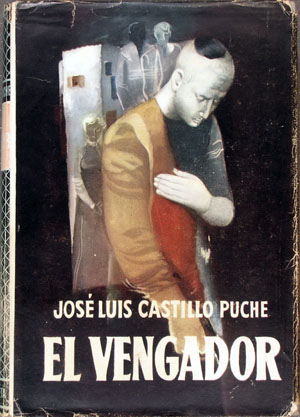
UNC’s Rare Book Collection has extensive holdings of twentieth-century print materials, many of which provide insights into literary friendships, partnerships, and circles. History has placed the poets Diane di Prima and Audre Lorde in separate camps—di Prima with the Beat Generation and Lorde with the Black feminist movement. However, the RBC’s rich Beat holdings tell a very different story.
Di Prima and Lorde were both born in 1934 and attended Hunter College High School in Manhattan. As teenagers they were close friends. According to Alexis De Veaux, together they “wrote poetry and skipped classes. . . . They held séances, burned candles, and ‘called up the poets.’” The two young women later went their separate ways. Lorde stayed on in New York City and earned her bachelor’s degree at Hunter College. Di Prima went to Swarthmore College in Pennsylvania, dropping out in 1953 to return and join the bohemian scene in Greenwich Village. In the ten-year period after 1958, di Prima published five volumes of poetry and founded Poets’ Press with her husband Alan Marlowe. Lorde published sparingly but gained a reputation as an important up-and-coming young poet. In an interview with Adrienne Rich, Lorde recalled di Prima urging her to publish her poetry and saying, “You know, it’s time you had a book. . . . You have to print these. Put ’em out.”

Lorde followed her advice and prepared to publish her premier volume, The First Cities, with di Prima’s Poets’ Press. In 1967, while the book was in production, di Prima was pregnant with her second child. On Christmas Eve she went into labor in her Greenwich Village apartment and called on Lorde, who arrived just in time to deliver the baby. In her introduction to The First Cities, di Prima memorializes this event and their sustained friendship:
I have known Audre Lorde since we were fifteen,
when we read our poems to each other in our Home
Room at Hunter High school. And only two months
ago she delivered my child.
A woman’s world, peopled with men & children
and the dead, exotic as scallops.

The two women continued to support each other’s work over the next decade, as evidenced by a broadside advertising a poetry reading they performed together in the 1970s. In 1974 di Prima founded another press called Eidolon Editions. Lorde sent her seven poems, which Eidolon Editions published as Between Our Selves in 1977. The cover shows a West African Adinkra symbol of Siamese crocodiles.

Both di Prima and Lorde wrote from marginalized points of view and were on the outside of mainstream literary culture. These material examples of their alliance attest to their efforts to promote themselves and each other in a literary landscape dominated by male voices. Such intersections cannot be understood by reading individual poems isolated in anthologies or in collected works. The original, often ephemeral, editions to be found at the RBC demonstrate in a tangible way how poets work to create communities of poets.





